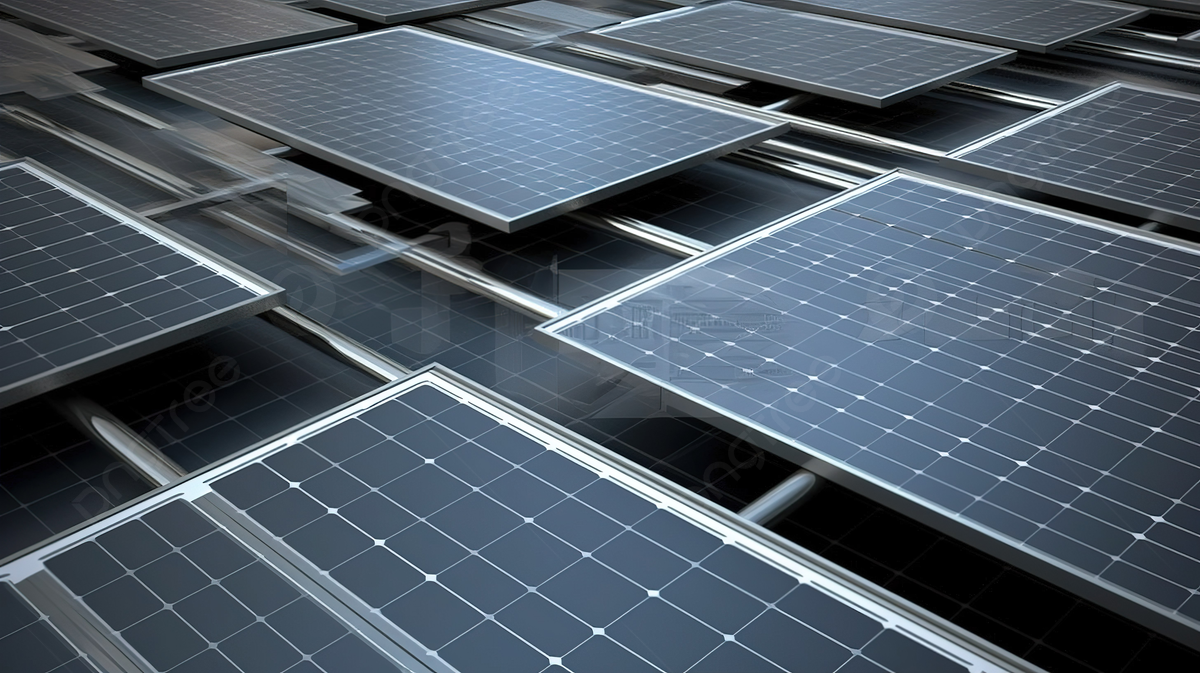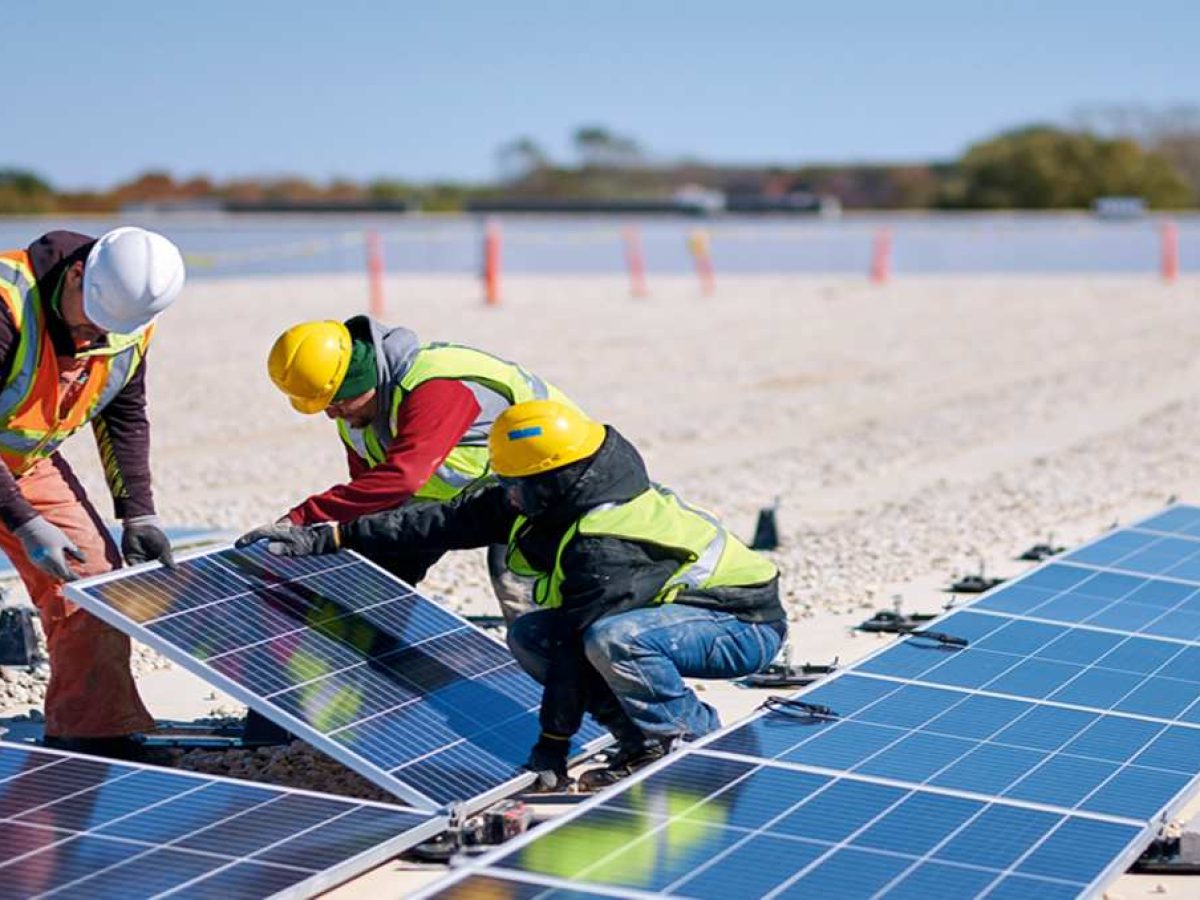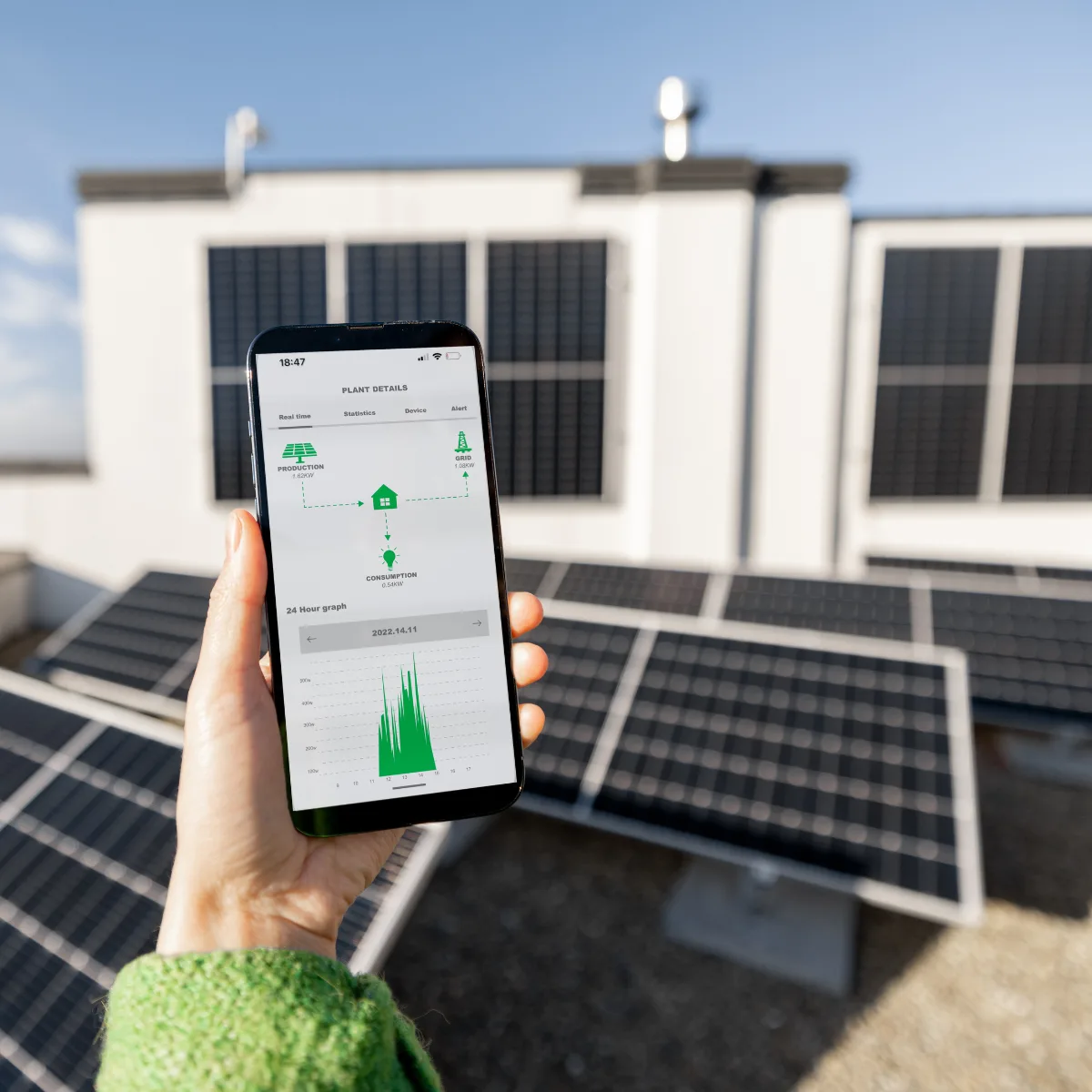Imagine a world where you can buy and sell solar energy directly with your neighbors, just like you would trade goods at a local market. Thanks to Peer-to-Peer (P2P) Solar Energy Trading, this vision is becoming a reality.
Imagine a world where you can buy and sell solar energy directly with your neighbors, just like you would trade goods at a local market. Thanks to Peer-to-Peer (P2P) Solar Energy Trading, this vision is becoming a reality. As solar panels become more common on homes and businesses, P2P trading offers a revolutionary way to share excess energy, reduce reliance on traditional utilities, and create a more resilient, community-driven energy system. Let’s dive into how it works, why it matters, and what the future holds for this exciting technology.


P2P Solar Energy Trading allows individuals with solar panels to sell their excess electricity directly to others in their community—whether they’re neighbors, local businesses, or even across town. Instead of sending surplus energy back to the grid for a fixed (often low) price, you can sell it at a mutually agreed rate, while buyers can access clean, renewable energy—often at a lower cost than traditional utilities.
This system typically relies on:
Homeowners or businesses with solar panels generate electricity.
Any energy not used on-site becomes available for sale.
A digital platform (powered by blockchain or software) connects sellers and buyers.
Sellers set prices; buyers choose where to purchase energy from.
Energy flows through the grid, tracked by smart meters, with automated payments between parties.
Local energy sharing reduces dependence on centralized utilities and fosters energy independence.
Producers can earn more for their excess energy, while buyers often pay less than retail rates.
More incentives for homeowners to install solar panels.
Decentralized energy generation reduces strain on the grid during peak times.
Promotes a cleaner, greener energy system by maximizing solar use.
Several pilot projects and platforms are already bringing P2P solar trading to life:
While the concept is promising, several hurdles must be addressed:
As technology advances and regulations evolve, P2P solar energy trading could become a key part of the energy ecosystem. It has the potential to:
Imagine a neighborhood where homes, businesses, and electric vehicles all trade energy seamlessly—maximizing renewable use and keeping power local. That’s the future P2P trading is working toward.

Peer-to-Peer Solar Energy Trading represents a bold step toward a more sustainable, equitable, and community-driven energy future. While challenges remain, the potential benefits for consumers, communities, and the environment are immense. Interested in joining the energy revolution? Whether you’re a solar homeowner or an energy enthusiast, now is the time to learn more about how P2P energy trading could transform the way we power our lives.